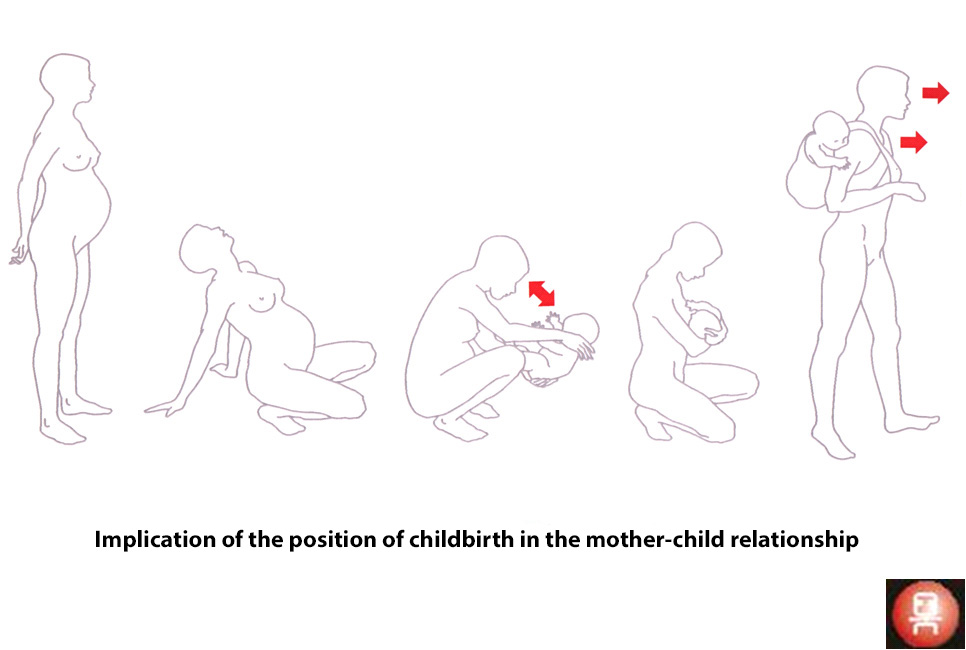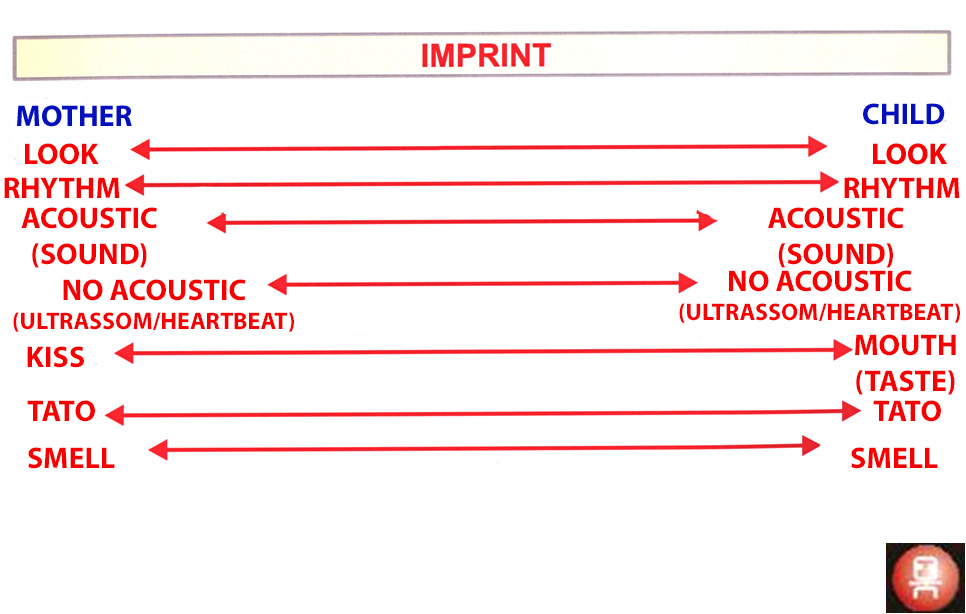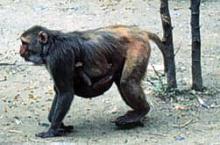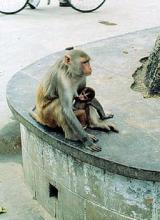The Importance of Delivery
The more precocious the impressions of the relationchip, the more they act, forming patterns that will become clear during lifetime.
From there comes the importance of the birth on human behaviour, for the baby and for the mother.
This relationchip happens in all the animals. When a bitch gives birth, she cuts the puppie’s umbilical cord and pushes them to her teats. The cows do the same with their calves.
People that deal with animals know that. If you take away a newborn goat from its mother, even if it is for just a minute, she rejects it, because when we touch the animal we change its smell, and it’s by the smell that the mother goat recognizes the kid.
Konrad Lorenz, an Austrian doctor who studies animal behaviour, relates the following experience: he put a wild duck egg in an incubator. When the duck was born, he had Lorenz as its first vision. It started to follow him and identified him as his mother. Lorenz has defined that moment in which the duck, at first look, begins its gestalt by identifying his mother, as an imprint. By a significative chance, Lorenz was the first object of its perception.


The imprint process happens in all the animals, from the simple ones to man. Human beings, given their cultural complexity, take more years to receive the cultural charge that is peculiar to them. The importance of eye contact is evident at birth. The look of the child and the mother meet, during breast-feeding.

H. Harlow in another experiment has demonstrated the importance of the child-mother contact.
He simulated monkey of wool and of wire. He assembled three groups of monkey: the first had contact with the wool mother; the second with the wire mother and the third with no mother.
When Harlow put a mechanical toy bear in the experiment’s field, the motherless monkeys stood on a corner and defenseless shut their eyes.
The group that had the wool mother, when they saw the bear, ran to the mother and grabbed her. They observed the strange object (bear) and then went to play with it. The monkeys with the wire mother also ran to the wool mother and then went to play with the strange objetc.
We conclude from this experiment that one cannot survive on food alone.
Contact is understood easily if we remember that, inside the uterus, the skin is caressed lovingly.
There are uncurable illnesses of the skin and allergies that are caused by a lack of maternal caresses. It happens.

